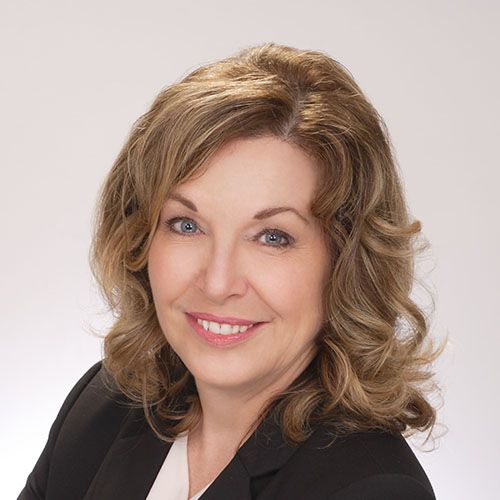Sheila MacKinnon
Sheila is a partner at Shibley Righton LLP whose civil litigation practice currently focuses on education and public law and labour and employment matters.
Sheila brings a wide variety of skills and business experience to the Education and Public Law Group at Shibley Righton. In the early years of Sheila's legal practice, she specialized in the areas of corporate - commercial law and income tax planning and litigation. As well, for many years, Sheila gained practical business experience as the operator and manager of her family-owned retirement home business in Essex County.
Sheila has provided advice in the areas of legislative analysis; policy development; privacy law; special education; human rights; workplace investigations; and employment matters. In addition, Sheila has a particular interest in Corporation and School Board Governance. She has developed and delivered workshops and provided legal advice on Parliamentary Procedure, running effective board meetings, conflict of interest and Trustee Code of Conduct and Enforcement. She has also advised on the development and amendment of corporate and school board by-laws and governing polices. Sheila developed and presented webcasts for the Ontario Public School Boards Association on governance and parliamentary procedure and may be accessed at www.opsba.org.
Sheila has conducted many internal workshops for various organizations and spoke at numerous conferences on a variety of issues.
Sheila is a past Chair of the Board of Governors of the University of Windsor and the Board of United Communities Credit Union (now Libro Credit Union). She is also the past Chair of Governance for the Erie St. Clair Local Health Integration Network. Sheila has volunteered on such other community and professional boards as Canadian Association for the Practical Study of Law in Education; the Toronto Educational Opportunity Fund; the Crime Concern of Metropolitan Toronto; and the Essex Business Improvement Association.
Sheila is a past Chair of the Board of Governors of the University of Windsor and the Board of United Communities Credit Union (now Libro Credit Union). She is also the past Chair of Governance for the Erie St. Clair Local Health Integration Network
